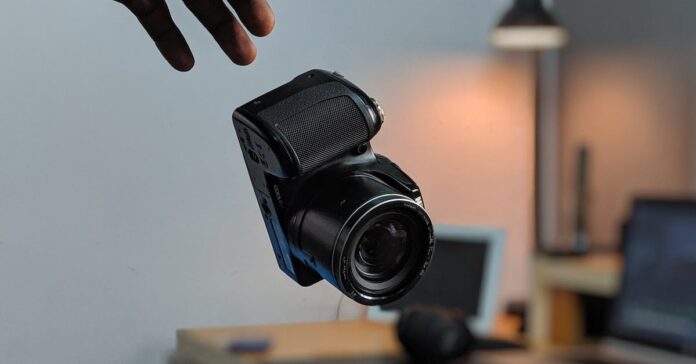Are your pictures turning out bad? Improve your skills with the tips in this article!
Don’t try to pose your subjects for every picture. Candid, action shots are often times some of the best. You will capture a person in their natural setting, in their natural mood, and the picture will look more “real” because of it. Take lots of candid pictures and you’re sure to get a few that are great.
Strive to create some perspective of depth whenever you are shooting landscapes. Put a person in the foreground to get the sense of scale of the surroundings. You can increase the overall sharpness of your picture by using a small aperture set appropriately for the type of camera you are using.
A great photography tip that can help you out is to be realistic about your work. You can’t expect to be a creative genius at all times. Art has a lot of ups and downs and if you’re expecting to always be on top, you’ll become very discouraged.
If you are planning to take photos in a new country go straight to the postcard rack. Postcards can help you gain new ideas of the scenery that is unique to the country that you are in. Use these photos as ideas for the spots that you want to visit.
Understand and anticipate the impact that wind will have on the photos that you take. For example, if you are planning on shooting flowers, avoid days where the wind is very active. When flowers and plants are stable, you will have the best chance to get the highest quality and resolution in your picture. In situations where you don’t have a choice, such as weddings, have a contingency plan. Are there sheltered areas where the wind will have less impact?
Do not use the flash on a camera unless you are in a darker location. Using a flash outdoors in a location that already has a lot of light will just make your picture come out too bright. Some cameras have an automatic flash setting so that your camera knows when the flash is needed.
Natural light will always provide you with the highest quality photos. Cloudy days are actually better for shooting than sunny ones, because the clouds act as a natural diffuser, spreading the light out and eliminating shadows and harsh contrasts. Opt for your next photo shoot outside on an overcast day.
A good photography tip is to take a look at post cards when you visit a new country. Looking at their post cards will show you all kinds of great opportunities for shooting. It will save you the hassle of having to search for these places by yourself.
Always make sure that you are using the best shooting settings for your subjects. They differ depending upon the subject or the lighting. Generally though, you want to keep an eye on the ISO. Try to use the lowest ISO possible for the situation to avoid any grain in your shot.
A good photography tip that can help you is to make sure your computer monitor is calibrated. The last thing you want is to print out a picture only to find out that the colors are totally off. Calibrating your computer monitor can save you a lot of frustration and heartache.
Play with the shadow of your object. When a shadow is projected on a distorted surface it adopts interesting shapes. You can even have an original shadow become the subject of your photograph. Arrange the lighting and the background to make shadows change and adopt a shape you want to work with.
One of the best ways to take better photographs is to master the exposure levels and modes of your camera. Modern cameras have a wide range of preset exposures and scene modes that are specificity designed to take photos in different situations. Learn how to use those first and then work your way into learning how to manage manual exposures.
Many digital cameras nowadays actually have a setting for red eye reduction. One of the worst things that can happen to a good picture is the subject will have red eye, ruining an otherwise perfect picture. If you have a setting, turn that setting on first, then snap your shot, and presto, no red eye!
To get a great photograph, make sure you notice the surrounding objects when framing the shot. Too many times there are distracting, unwanted elements like trash, telephone wires or even your fingertip intruding into the shot. Frame the photo so your subject and a non-distracting background are the only elements in view.
Taking great photos does require a natural talent for artistry, but education is also a key factor in photography. This article will address a few good starting tips for the aspiring photographer.

